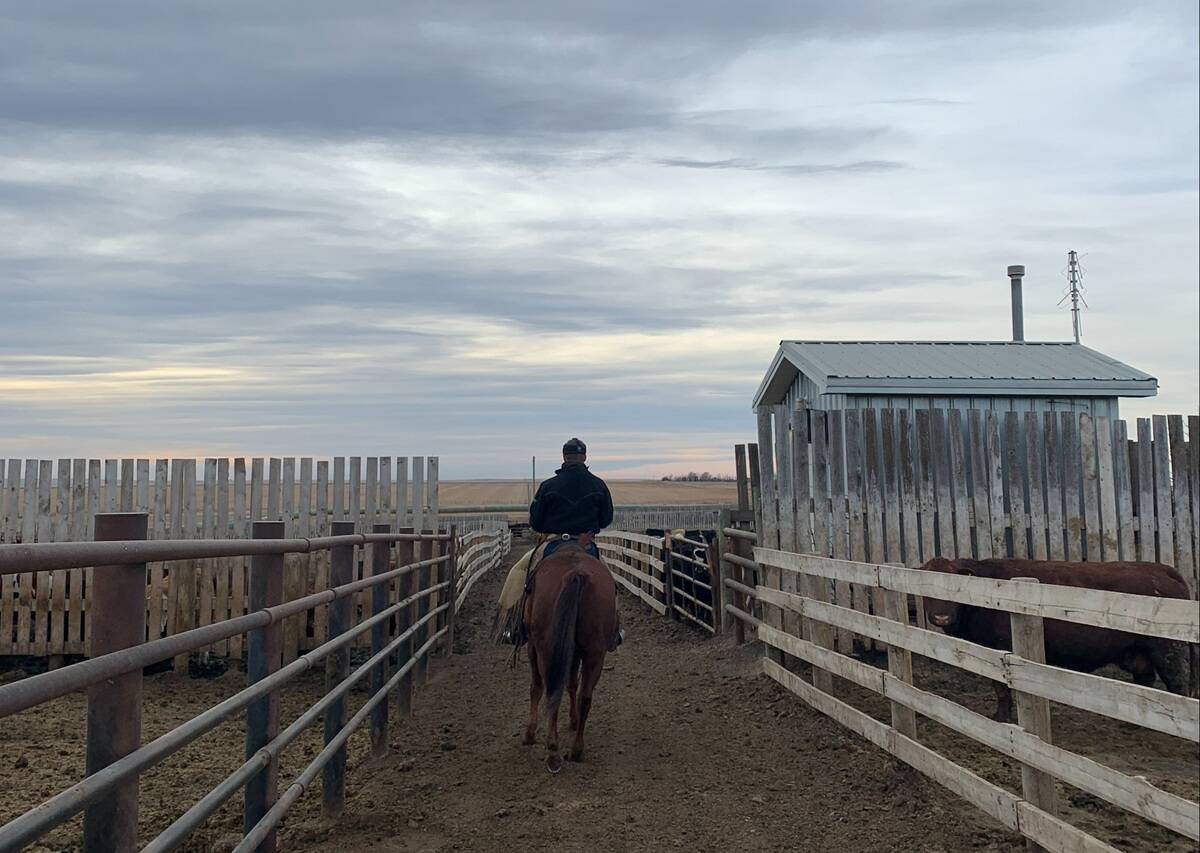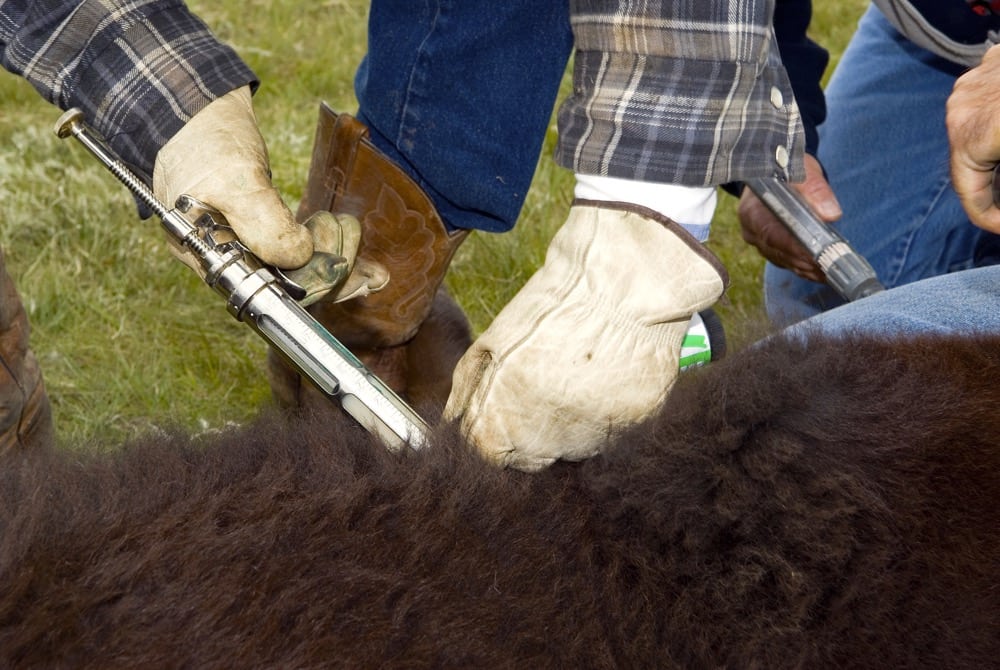The vet shortage has been a problem for years in rural Canadian communities, but it’s now affecting urban centres.
Trevor Lawson, the Canadian Veterinary Medical Association (CVMA) president-elect, says the CVMA commissioned a national workforce study in 2019 to understand why the shortage was still ongoing.
Read Also

Pen riders still better than tech at detecting respiratory disease in feedlot cattle, says researcher
Recent research found that pen riders are better than tech at flagging signs of BRD in feedlot cattle
“What we learned during that is that there’s a significant shortage — that the current supply of veterinarians in Canada does not meet the annual need for replacement, let alone growth,” Lawson says.
When the pandemic hit, the demand for vets grew even more.
“What we’re seeing now is that there’s a very high demand across the board, whether it’s urban or rural — simply not enough new graduates coming out of Canadian vet colleges to meet the demand,” Lawson says. “And even though we’re licensing veterinarians from other accredited colleges, we’re still not able to meet the need that exists.”
Lawson says vets are struggling with their workload because of these shortages, which in turn, affects their mental health.
He says this can cause vets experiencing burnout to leave the industry or switch their focus.
“When one is kind of on all the time and doesn’t have a chance to get a break, it does become exhausting over time,” Lawson says.
“If we ask too much…people leave the profession or reorient within the profession.”
The Western College of Veterinary Medicine at the University of Saskatchewan has also experienced some of these issues. Gillian Muir, the dean of the college, says it’s been difficult to hire vets to teach classes and work in their Veterinary Medical Centre, which runs a 24/7 emergency service.
“It’s impacting our hospital in that many of our folks are working overtime and working harder than ever before,” Muir says. “Also, we’ve had periods of time when we’ve had to close our doors to everything but emergencies.”
For current students, Muir says there isn’t too much worry in the school because, for once, vets entering the industry are getting paid what they’re worth as highly trained experts.
However, past graduates have told her that working in the industry in the current situation leads to high stress.
“They’re having a hard time,” she says. “And the problem is that they often have no choice. They work as hard as they can, but they are shutting their doors, they’re turning away clients when normally they wouldn’t.”
A solution is for veterinary schools to graduate more vets — something the Western College of Veterinary Medicine started doing when they increased their class sizes from 78 to 88 in 2020 and which Muir says they are actively continuing to do.
However, the college is struggling to find vets to hire as teachers.
“It’s doubly hard,” she says. “And so that’s when we think, we want to add your own veterinarians, but we need to hire more people. We’re short-staffed as it is.”
Another thing the college is doing to help with the vet shortage, especially in rural areas, is establishing agricultural-focused seats with Saskatchewan, Manitoba and B.C.
“These are seats for our incoming students that are allocated for candidates who are more likely to practice in large animal or mixed animal practice in rural communities,” Muir says.
“These are students who have shown a commitment to food animal agriculture, they’ve shown a commitment to learning about animal production and embryos, and we’re hoping that…they’ll be going out into rural areas and into mixed and food animal practice.”
Lawson says other vet schools are also trying to increase the number of vets they’re graduating. He says the Atlantic Vet School is discussing turning their international seats to Canadian seats to graduate more Canadian vets. Other schools in Alberta are looking to expand their class sizes considerably.
According to Lawson, the timeline for this might take longer than wanted, between three to seven years, because of the infrastructure that is needed to increase class sizes.
He also says another thing that can be done is to work on the model of service delivery to be more efficient.
“So how do we build teams that can handle more throughput of cases, be more efficient, seeing them do a better job of tracking medical records, and some of these things that do take a lot of time? If we can be better at that, then we can probably see more cases with the available resources.”

















